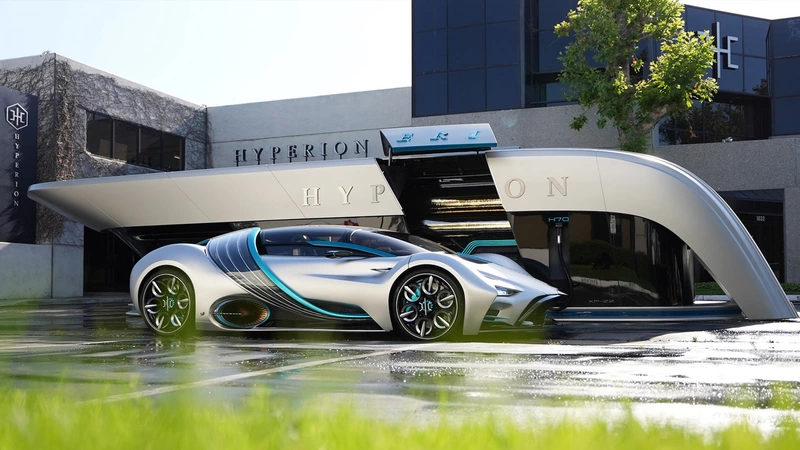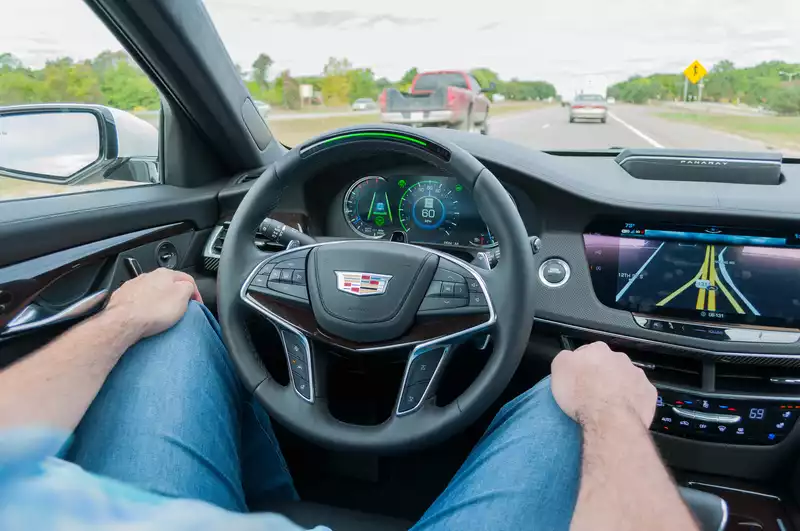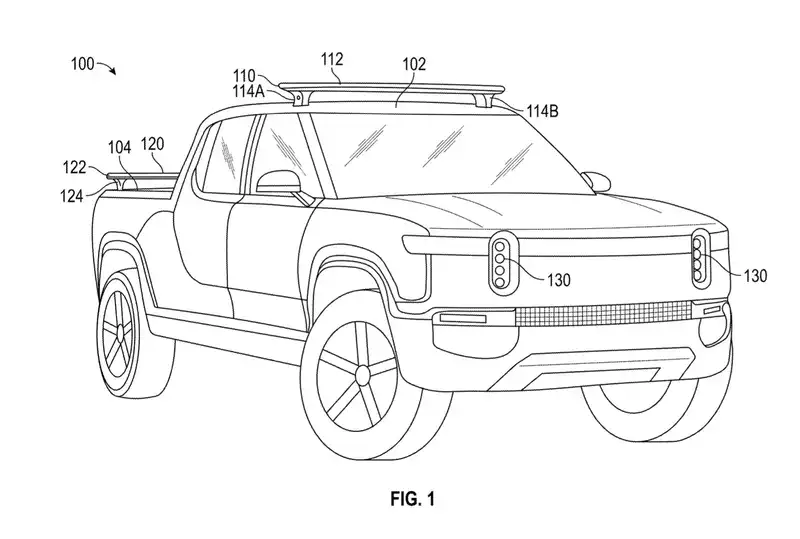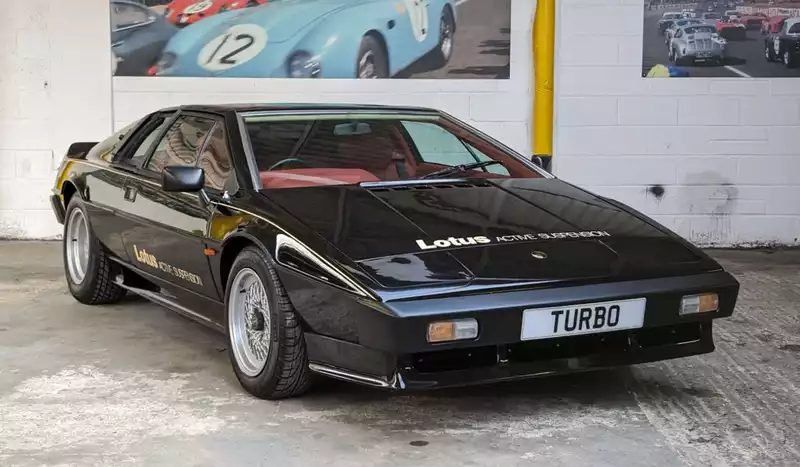Hyperion Unveils Mobile Hydrogen Station for XP-1 Supercar

California-based Hyperion Motors recently unveiled the design of a mobile hydrogen station that will support the Hyperion XP-1 fuel cell supercar.
The Hyper:Fuel mobile station is powered by built-in solar panels and produces hydrogen on-site through electrolysis of water, Hyperion said in a press release. This process makes the hydrogen supplied to the XP-1 supercar truly environmentally friendly.
This setup allows Hyperion more flexibility in station placement. According to the company, the stations can be moved to meet real-time demand, as they do not need to be connected to the power grid. Solar panels can also provide power for DC fast charging of battery electric vehicles and serve as an emergency backup power source in the event of a grid failure, Hyperion claims.
Solar panels mounted on the roof of each station can track and swivel in the sunlight, Hyperion claims, allowing them to harvest the maximum amount of energy at any given time. based on technology from NASA and Shell's GameChanger startup accelerator each station will also feature "state-of-the-art touch-screen controls, contactless payments, and UV-based self-disinfecting nozzles," Hyperion said.
As for the XP-1, it was first unveiled in 2020 with some impressive specifications. Hyperion previously stated that the two-seater has a range of over 1,000 miles, a top speed of 221 mph, and can go from 0-60 mph in about 2.2 seconds. This performance is supported by a lightweight structure and fuel cell powertrain.
The first prototype of the XP-1 began public road testing in early 2021, but it seems unlikely that Hyperion will meet its initial goal of delivering the first 300 customer vehicles this year. That's because Hyperion plans to deploy its first mobile hydrogen station in 2023. The hydrogen stations will be manufactured at a facility in Columbus, Ohio.




